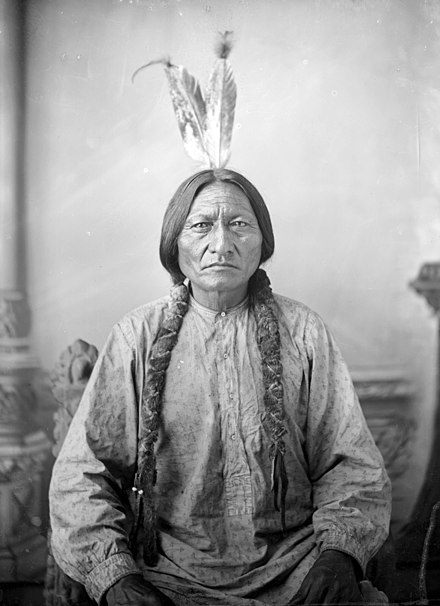“Burmas Historia”
(The History of Burma) is a book by Bertil Lintner, a Swedish reporter who is
something of an expert on South Asian politics. “Burmas Historia” is probably
the only book in the Swedish language dealing with the colorful but tragic history
of Burma or Myanmar, as the nation is usually called these days. The book was
published in 2014, and therefore doesn´t cover the latest eight years of the
Burmese tragedy.
Lintner
begins the story in 1057, when King Anawratha of Pagan created the First Burmese
Empire. Important figures of Burmese history mentioned in the book include King
Mindon, Queen Supayalat, General Aung San, U Nu, Ne Win, Thein Sein and Aung
San Suu Kyi. Most of the chapters deal with 20th century
developments, when Burma went from being a British colony to becoming an independent
state, only to succumb to military rule from 1962 onwards (with a short period
of ostensible liberalization circa 2011-2021). Around 1988, the military regime
changed its political spots from “socialist” to “capitalist”, but little seems
to have changed in practice.
One of the
problems of modern Burmese society is that the military (Tatmadaw) functions as
a de facto political party, and directly controls not only politics and the
media, but also the economy, not to mention the black market trade. This is the
system then-dictator Ne Win passed off as “Burmese socialism” during the Cold War.
(The Maoist CPB or Communist Party of Burma regarded the system as “fascist”
and fought a people´s war against it, which may perhaps tell us a thing or two!)
Another very obvious problem is that Tatmadaw has essentially zero popular support.
Every time the military has allowed free elections, the democratic opposition
party NLD and its allies have won essentially every contested seat. And yet, military
rule always manages to reassert itself. One reason is surely its extreme
brutality and total disregard for international public opinion, but other explanations
also suggest themselves.
Burma or
Myanmar isn´t an ethnically or religiously homogenous nation. The majority is Burman
(also called Bamar) and Buddhist, but the large “border regions” are populated
by other ethnic groups: Karens, Karenni, Shan, Mon, Chin, Kachin, Wa, Rohingya,
etc. While some of these are Buddhists, others are Muslims or have adopted Protestant
Christianity. Animism is also strong. Many of the ethnic minorities have long-standing
grievances against the Burmans. One example are the Karens, who supported the
British colonial power against their erstwhile Burman oppressors, only to
become an oppressed minority group again when Burma finally regained its
independence. Some of the Karens have converted to Christianity. A peculiar
legend exists among Western missionaries about the Karens believing in a “older
White brother” who would return one day and give them knowledge of the true god.
Opposition
to the military regime is often made difficult by mutual suspicions between the
ethnically Burman democracy activists and the minorities. For instance, many
Burmans consider the Muslim Rohingya to be “illegal aliens” and didn´t really
care when Tatmadaw attacked their settlements. Meanwhile, there is a plethora
of armed rebel bands based on other ethnic minority groups. The military is
smart enough to enter peace agreements on-off with such rebels, thereby weakening
any united resistance against its rule. Mutually beneficial deals concerning
illegal trade, or geopolitical considerations, have played a role in these agreements.
For instance, the Wa people have a de facto independent state in close alliance
with China, something tolerated by Tatmadaw since China is an important backer of
Burma. An ironic twist to the story is that China permitted the Wa to overthrow
the Communist Party of Burma in this region, when the militant CPB became too
much of a nuisance to the more pragmatic Chinese leaders…
Still, the
NLD and the ethnic minority groups have been able to unite from time to time,
so there is probably still a chance that Tatmadaw will fall one day at the hands
of a general popular insurrection. What will happen the day after, is another
question entirely!




.jpg/440px-thumbnail.jpg)







.jpg/440px-Patriarch_Kirill_of_Moscow_2021_(cropped).jpg)



_(52182434551)_(cropped)_(cropped).jpg/440px-Glastonbury2022_(218_of_413)_(52182434551)_(cropped)_(cropped).jpg)











